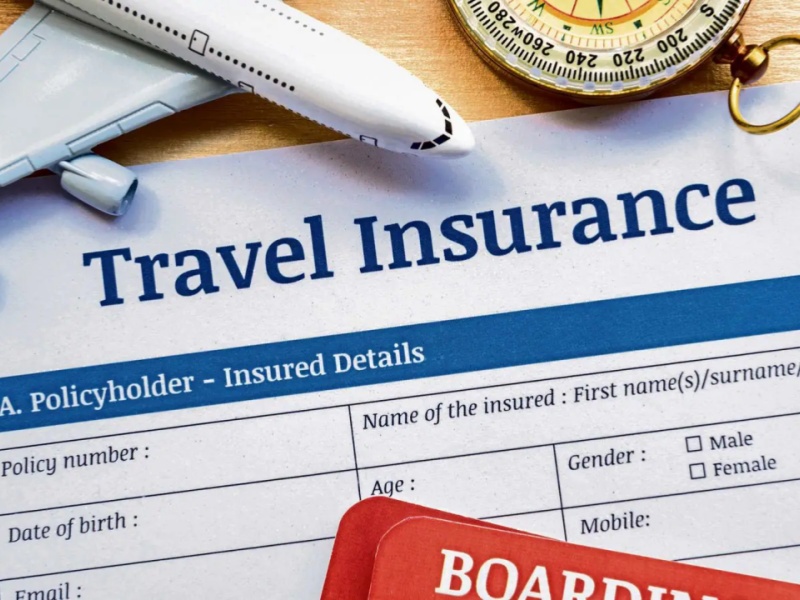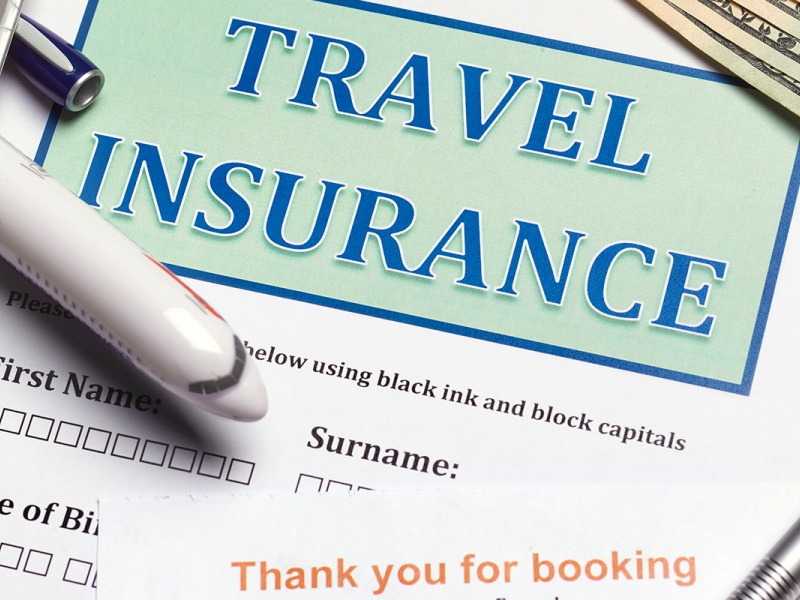Types of Travel Insurance
There are several types of travel insurance to consider, each catering to different needs:
– Trip Cancellation Insurance: This coverage reimburses you for non-refundable expenses if you need to cancel your trip due to unforeseen circumstances, such as illness, injury, or a family emergency.
– Medical Insurance: Essential for international travelers, this insurance covers medical expenses incurred while abroad, including hospital stays, doctor visits, and emergency evacuations.
– Baggage Insurance: This type of coverage protects you against lost, stolen, or damaged luggage. It can help reimburse you for essential items you may need to purchase while waiting for your belongings.
– Travel Delay Insurance: If your trip is delayed due to weather, strikes, or other unforeseen events, this coverage can reimburse you for additional expenses like meals and accommodations.

Key Considerations When Purchasing Travel Insurance
When selecting a travel insurance policy, keep the following factors in mind:
– Coverage Limits: Review the policy’s coverage limits to ensure they meet your needs. Higher limits may be necessary for expensive trips or destinations with high medical costs.
– Exclusions: Carefully read the policy’s exclusions. Some policies may not cover specific activities, pre-existing conditions, or certain destinations. Understanding these exclusions can prevent surprises during your trip.
– Duration of Coverage: Ensure that the policy covers the entire duration of your trip. Some policies may have limitations on coverage for long-term travel.
– Provider Reputation: Research the insurance provider’s reputation and customer service track record. Online reviews and ratings can provide insights into their reliability and responsiveness.
Tips for Maximizing Your Travel Insurance Coverage

To make the most of your travel insurance, consider these practical tips:
1. Purchase Early: Buy your travel insurance soon after booking your trip. This can help ensure coverage for trip cancellations due to unforeseen events.
2. Keep Documentation Handy: Maintain copies of your insurance policy, receipts, and any relevant medical records. Having these documents readily available can streamline the claims process.
3. Understand the Claims Process: Familiarize yourself with the claims process before you travel. Knowing how to file a claim and what documentation is required can save you time and stress.
4. Evaluate Your Needs: Assess your personal health, travel plans, and potential risks when choosing a policy. Tailoring your coverage to your specific needs can provide better protection.
5. Review and Update Regularly: If you travel frequently, consider reviewing your insurance coverage annually. Your needs may change, and staying updated can ensure you have the right protection.
Conclusion
Travel insurance is an essential component of any travel plan, offering financial protection and peace of mind. By understanding the various types of coverage, considering key factors when purchasing a policy, and following practical tips for maximizing your insurance, you can ensure a safer and more enjoyable travel experience. Don’t leave home without it—invest in travel insurance and travel with confidence.




